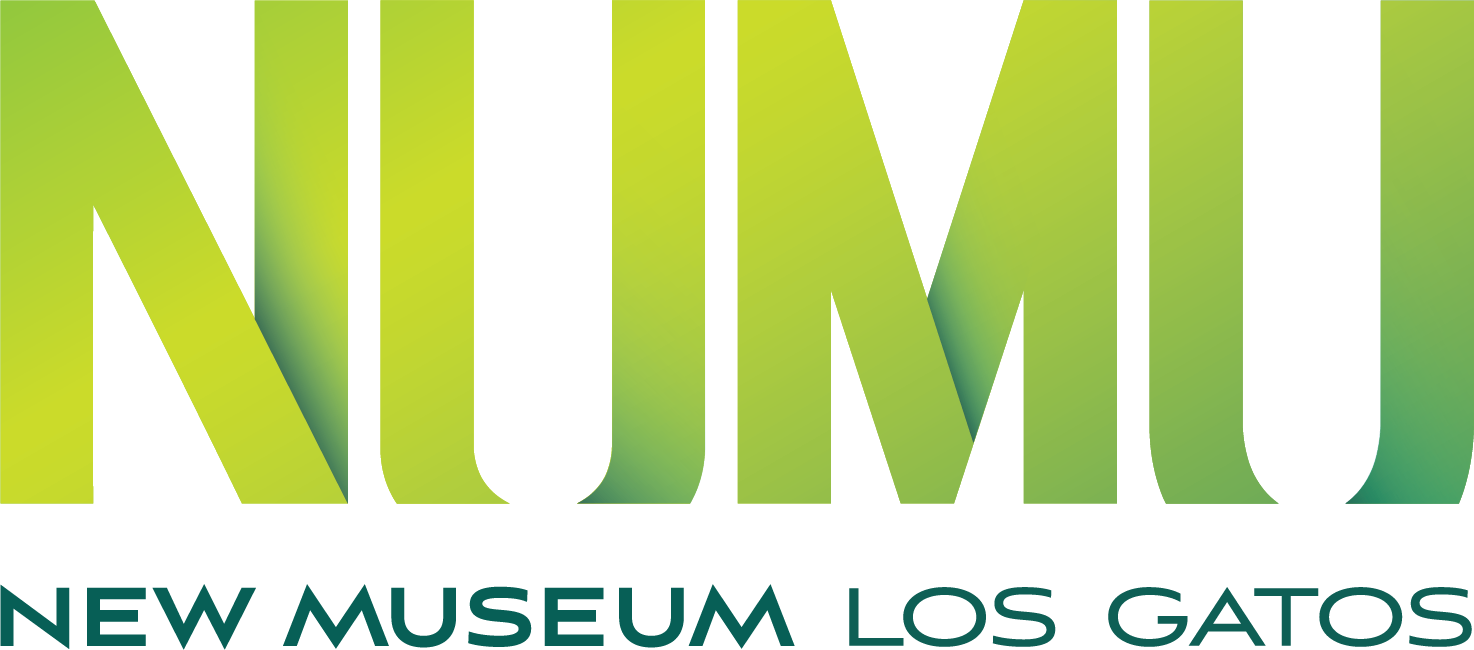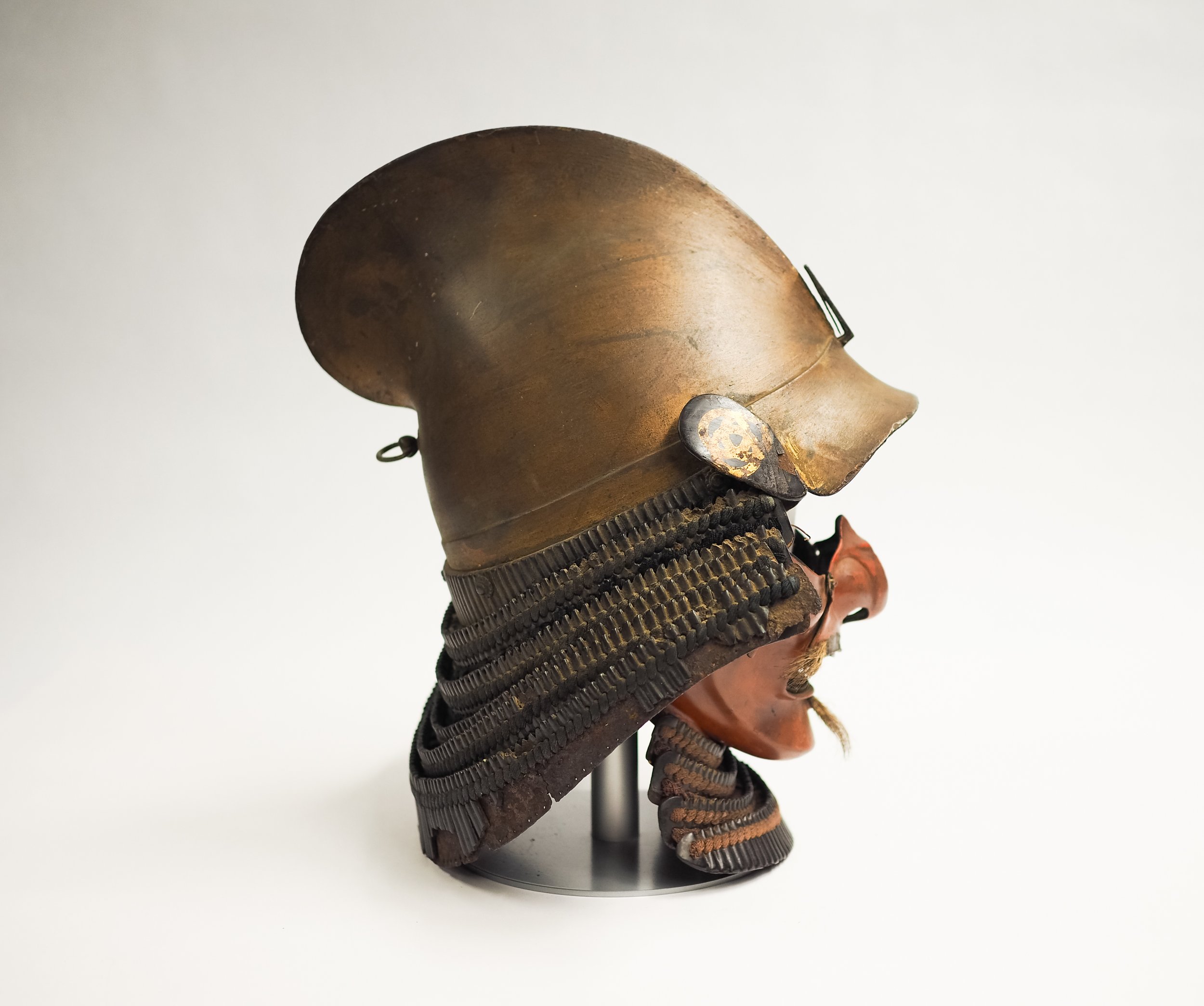NUMU collection, 2011.700
Local history is full of richness and wonder once you look just under the surface. It’s amazing what artifacts belong to the people of a small town such as Los Gatos. One such case is the Samurai Battle Helmet or Kabuto found in our collection in April 2024. While we have not had this professionally dated, based on the style and patterns of wear it is likely from the Edo period of Japan, 1603 to 1868. The Edo period began with the establishment of the Tokugawa Shogunate; the historical events leading up to this event largely inspired James Clavell’s classic novel Shōgun, recently adapted to the popular streaming show on Hulu of the same name.
History
Graphic courtesy of Wikipedia.
The Edo period was categorized by a strict class system. The emperor and court nobility formed the nominal ruling class, but the shogun held most of the real political power. Under the shogun were the regional lords, or daimyos, whom the samurai class served. Samurai were originally aristocratic warriors - roughly equivalent to knights of the European feudal system - but due to the political stability of the Edo period they predominantly filled administrative and stewardship functions. During the Meiji Restoration, which began in 1868, and later the post-war period, the samurai class and its privileges were gradually abolished. Most people in Japan today do not keep track of their aristocratic heritage.
Parts of the Helmet
NUMU collection, 2011.700
It is unclear how this helmet arrived in our collection, or who donated it. Most kabuto helmets have a crest (or datemono). This helmet has a peg (known as a tsunamoto) where this would have been attached, but the crest is missing, which makes it difficult to identify. The ear-like tags on the sides of the helmet’s visor are called fukigaeshi. The neck guard on the back of the helmet is called a shikoro. This kabuto also comes with a half-face mask. These often are decorated with a fake mustache and goatee and are contorted into a sneer, in order to intimidate enemies on the battlefield. NUMU Los Gatos hopes to find an expert to help further identify and confirm the age and origin of this unique piece.
-written by Teddy Hardgrove, Collections Intern




